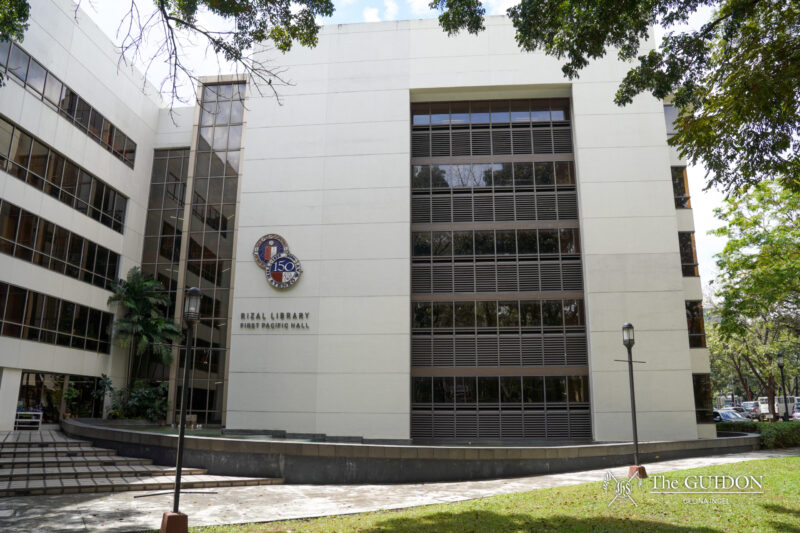 Jeepneys have been imbedded in the Filipino culture in more ways than one.
Jeepneys have been imbedded in the Filipino culture in more ways than one.
With regular routes and trips, accessibility and affordability, jeepneys has been a popular mode of transportation for Filipinos. They have also served to symbolize our national identity, representing both the country’s art and culture with its colorful and varying designs.
On the other hand, jeepneys have also been blamed for Manila’s heavy traffic and road congestion, and this image is what has been prevailing for most citizens. Just this year, claims have been made on how jeepneys are already outdated. Several people have continuously pointed out how jeepney drivers lack discipline in observing traffic rules. Moreover, the lack of properly placed terminals has been causing several complaints as well. These claims are nothing short of true because, as can be observed by any regular commuter, jeepneys tend to crowd the streets.
However, we cannot entirely blame the jeepneys, because commuters tend to disobey rules on proper loading and unloading areas for passengers themselves as well. Jeepney drivers also developed the bad habit of stopping and waiting for passengers anytime and anywhere on the road. Additionally, there will always be other concerns, like car volume, that we cannot totally control because the number of people and vehicles naturally grows over time.
In light of these escalating concerns about our public transportation, one could question the ability of our government to implement actual and valuable measures. This year, several units of the City Optimized Managed Electric Transport (Comet) were released primarily in an attempt to replace the 24-seater public utility vehicle.
Jeepneys accommodate a lot of commuters at any time of the day and through almost all possible routes around Metro Manila. These electronic jeepneys with seemingly less seating capacity wouldn’t suffice. Each electronic jeepney also prides itself with its free television and Wi-Fi access; however, these additional features don’t necessarily address the problems that justify our continuous search for new public transport systems. It could be the next step to technological advancement, but not necessarily a step towards improving traffic flow and commuter experience.
However, there could also be positive sides to this new electronic transport. First is its provision of a new and “hassle-free” way of payment by using the GETPass’ “Tap-in, Tap-out” system. Second is that the new designated stops could ease the flow of traffic in the roads. Third is that the vehicle itself received several modern adjustments, thus reducing noise and smoke emission.
Looking at it, the Comet is very promising because of its new technology, but there is a huge danger that it will only cause more trouble and traffic, especially with the first wave of its introduction. This is because of possible system failures and the need for a lot of units to accommodate a lot of passengers. Even the improvements that are beneficial could still be problematic if its implementation is not carried out well and if other factors like commuter volume and behavior is not taken completely into consideration.
In the end, jeepneys serve their purpose. But the truth is, we have to improve on a lot of things, and Comet’s promise of taking the roads of the Metro to the future still has a long way to go before it effectively help solve the current traffic problem.







